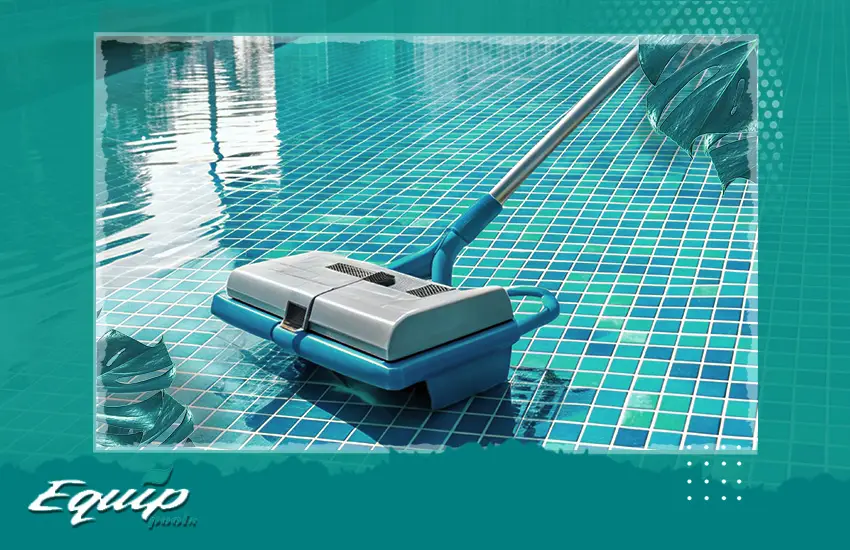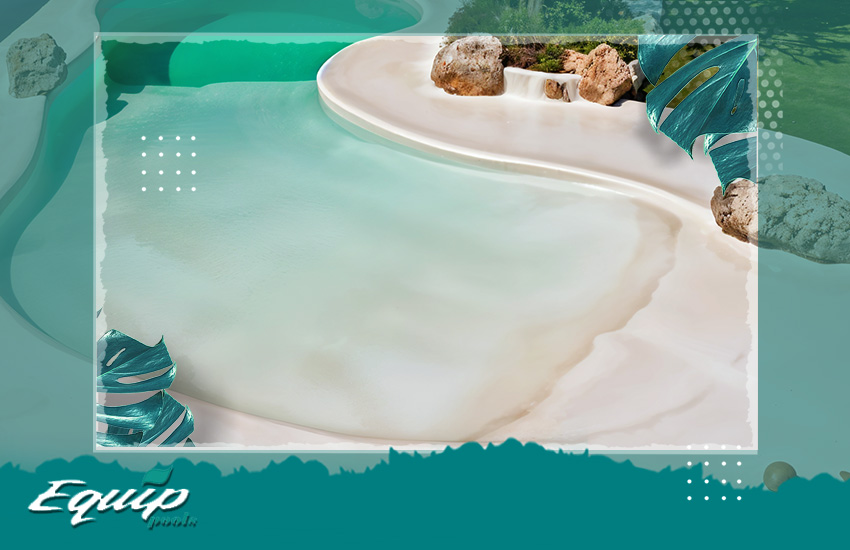Overflow swimming pools, also known as infinity-edge or zero-edge pools, are a unique and aesthetically captivating pool design that has gained popularity in recent years.
In contrast to conventional in-ground pools, where the water is contained within a defined basin, overflow pools feature a continuously circulating water system that spills over the edges, creating the illusion of a seamless and boundless water surface.
This innovative design dates back to the early 20th century but has evolved to become a sought-after feature in high-end residential and commercial properties.
Design of Overflow Swimming Pool system:
The key components that make up an overflow swimming pool system include
Pool basin
The pool basin is typically shaped and sized to meet the desired aesthetic and functional requirements, with common shapes including rectangles, free-form designs, and geometric patterns.
Perimeter overflow trough
Surrounding the pool basin is a perimeter overflow trough, which collects the water that spills over the edges, allowing it to be continuously recirculated and filtered.
Balancing tank
The balancing tank plays a critical role in maintaining the ideal water level in the main pool, ensuring a seamless infinity edge. By continuously circulating water through the overflow and balancing tank, the system facilitates more efficient filtration, potentially reducing the need for additional chemicals. During filter backwashing, a cleaning process for the filtration system, water from the balancing tank can be used instead of pool water, minimizing water consumption.
Skimmer and filtration system
When needed, a pump transfers water from the balancing tank to the filtration system for cleaning. After filtration, the clean water is then pumped back into the main pool, completing the circulation cycle.
Advantages of Overflow Swimming Pool system
One of the primary advantages of an overflow pool is the enhanced water quality and clarity as the constant circulation and filtration process help to remove debris and maintain optimal water chemistry, resulting in a sparkling, inviting pool.
Additionally, the visually stunning infinity edge or vanishing edge effect created by the spilling water can significantly enhance the overall aesthetics of the pool and surrounding area.
Overflow pools also offer improved safety, as the seamless edge design provides a safer entry and exit point compared to traditional pools with defined steps or ladders.
Furthermore, the customizable water features, such as cascading waterfalls or bubblers, can add a layer of visual interest and sensory experience to the pool area.
Disadvantages of Overflow swimming pool system
While overflow pools offer numerous benefits, there are also some potential drawbacks to consider:
- Higher initial installation costs compared to standard in-ground pools due to the special filtration & balancing system.
- Increased energy consumption due to the continuous water circulation.
- Potentiality for leaks and structural issues if the system is not properly designed and installed.
- Ongoing maintenance requirements for the overflow trough and related components.
In conclusion, the overflow swimming pool design offers a unique and visually striking alternative to traditional pool systems. Understanding the key advantages and disadvantages can help homeowners and designers make an informed decision about whether an overflow pool is the right choice for their needs and preferences.
read more : Luxury Modern Pool Waterfalls











